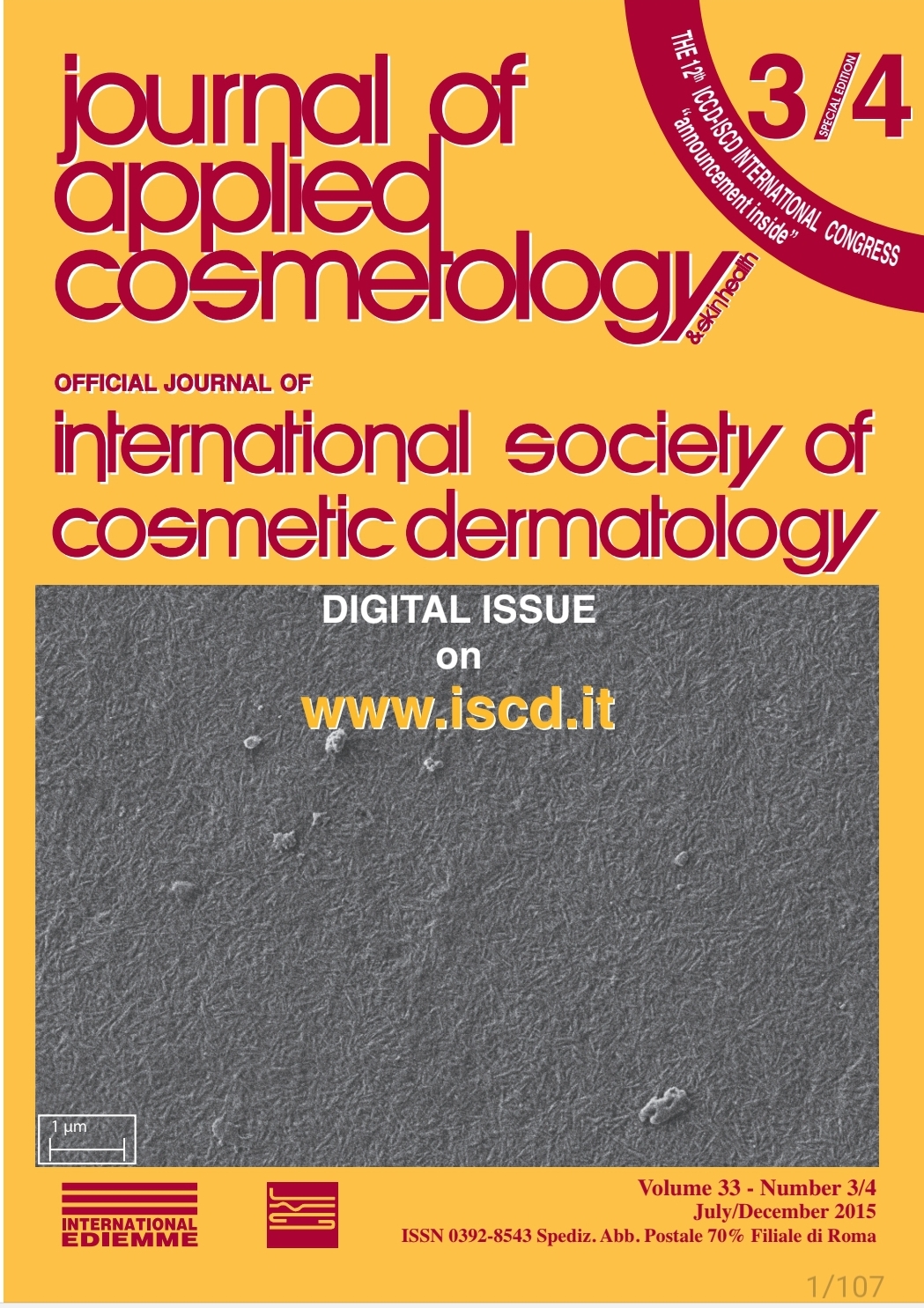Composite Materials. Design and Applications.
Third Edition
Keywords:
Composite Materials, matrix, reinforcement, fillersAbstract
A composite material can be defined as a combination of a matrix and a reinforcement which, when combined, gives properties superior to the properties of the individual components, showing particular strengths and weakness. This is the topic of thebook organized in 4 sections and 20 chapters, going from the Principles of Construction of composite materials to their relative Applications. Currently, composite materials refer to materials containing strong fibers embedded in a weaker matrix. The Matrix keeps the geometric arrangement of fibers, transmitting the load acting on the composite component. The resulting composite has superior mechanical performance, presenting also other specific properties. The bonding between fibers and matrices, created during the manufacturing phase of the composite material, significantly influences its final mechanical properties. Other types of reinforcement are also used as fillers, represented from full or empty microspheres, powders, and nano-reinforcements.





